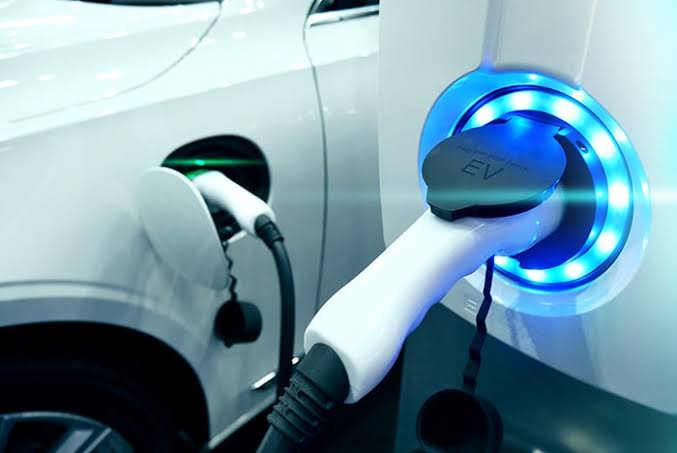
Table of Contents
EV Battery Recharge Problem:
What are the issues that discourage a potential buyer not to buy an EV but to choose a fossil fuelled vehicle instead?
Well, apart from Range Anxiety and expensive price, one of the biggest issue is obviously charging time. Who wants to spend an unplanned 30 minutes in an EV charging station when she is in hurry to host a business meeting or doesn’t want to miss a single frame of a family wedding ? In petrol pumps one can refuel in approximately 5 minutes if even there is a queue of 5 to 6 cars but in EV charging stations, a single EV takes about 30 or more minutes to charge to travel a fair distance.
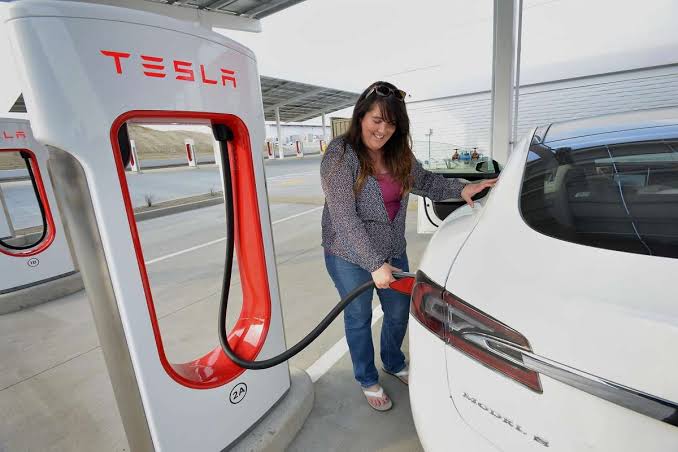
Even DC fast charging is introduced at more and more Tesla stations in USA, most vehicles with ideal battery conditions take approx. 20 minutes with a good charger and cable. Is there any solution to the problem? Let’s take a look.
The Amperege Factor :
Charging Time of a battery depends on many factors but a simple formula can be discussed
Charging Time of a Battery = Battery Ah ÷ Charging current (T = Ah ÷ A)
Here T is Time to charge the battery in hours
Ah is Ampere hour rating of the battery to be charged and
A is the Current in Amperes
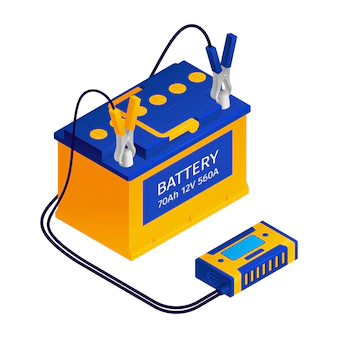
Now some may think putting high Voltage current to the battery should decrease charging time but it is not true. Voltage is the unit of Current needed to charge the battery. It’s just like a function of pressure. Voltage simply is equal to the pressure that pushes elctrons through their conductive loop like from the anode or cathode. As the energy density if Lithium-ion batteries used in EVs is very high,even a slight voltage fluctuation can result in overcharging,that leads to shorten the battery life. Again, if overcharging or overdischarging occur frequently, the internal pressure of the battery will rise resulting in bursting of the battery units.
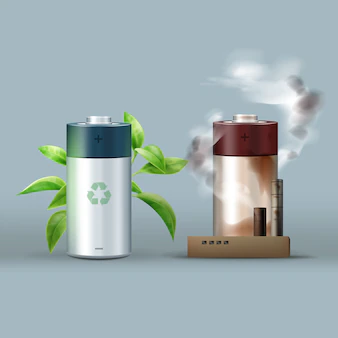
Wattage, is the rate at which Electric energy is created or spent.Wattage represents energy per unit of time. A 50 W light bulb means that the light bulb will last for 50 watt hour. A higher watt charger means lower time to charge and Watts largely depends on Amperege as battery voltage cannot be changed. Watts= Amps × Volts
Now, Ampereage is the strength of an electric current used to measure charging. It is the defining factor whether it is a lightning full of charge or an all day trickle charge.
So , ultimately it’s the battery Amperege factor that determines how long it would take to recharge one’s vehicle battery.
The Problem of Charging:
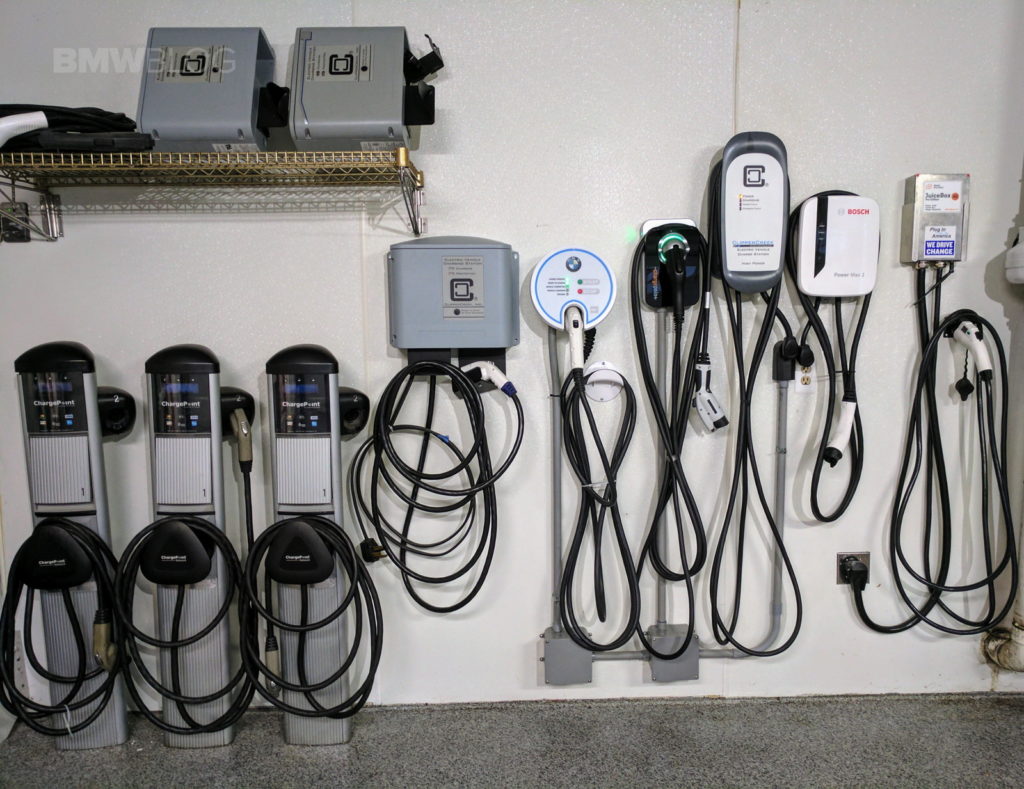
So, it is obvious that only if the Amperege is increased,the time of charging will decrease. But more Ampere means more Wattage and more heating, both for the battery and for the charging cable as well. The futuristic battery module system and heat absorbing mechanism in the car or around the battery may even be innovated but what about the cable that will pass the electrifying juice to those batteries in a couple of minutes so that the future EVs take their fuel in time just like as in gasoline pumps.
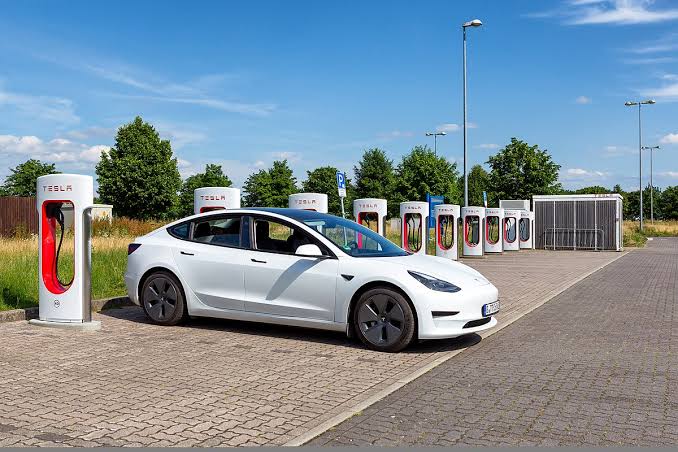
The Tesla superchargers can handle a 520 Amp of current at it’s best and it takes about minimum 20 minutes or so to have a decent charge. So it would take about 2000 Amp of current if we even think of recharging a car battery in 5 or 6 minutes. The presently used charging cables may not be able to handle such current as it will melt them. Only some supercable is needed.
The Ford and Purdue Style:
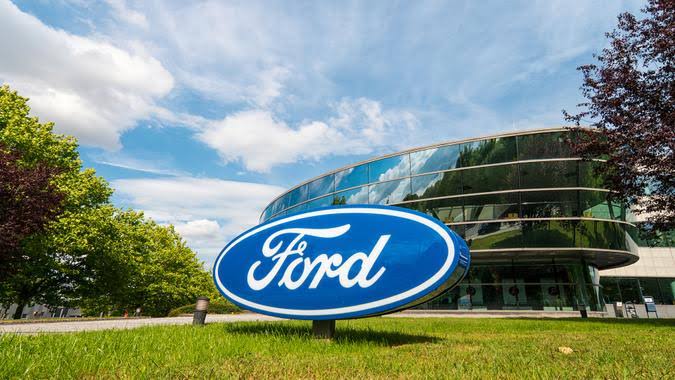
Recently in November, 2021 US auto giant Ford Motors has disclosed their new R & D ( Research and Development) project with Purdue University to create a solution to the time problem in EV recharges. They are creating together a cable that can handle the solution to the heating problem while charging an EV. The new cable can provide a flow of 2,400 Amp of current and reduce charge time drastically to a couple of minutes or so.
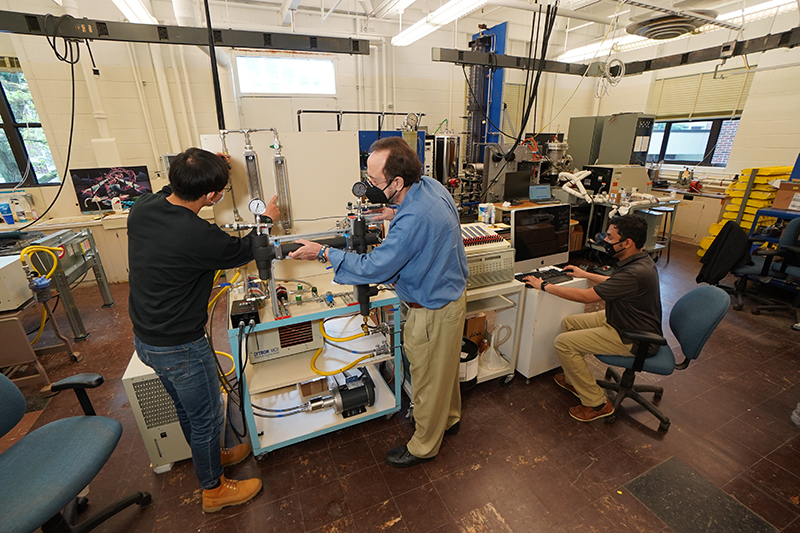
Mechanical Engineering professor Mr. Issam Mudawar and his team of Purdue University funded by Ford Motors are using an alternative cooling method to design a charging cable which can deliver 2400 Amp of current as well as can absorb and remove 24.22 kilowatt of heat. Thus they have succeeded to overcome the thermal challenge in designing the charging cable needed to deliver high Amperege of current for charging EVs in just a few minutes.The prototype has been already made and it is expected to be tested in the real world in 2 years or so.
Liquid to Vapour Cooling Technology:
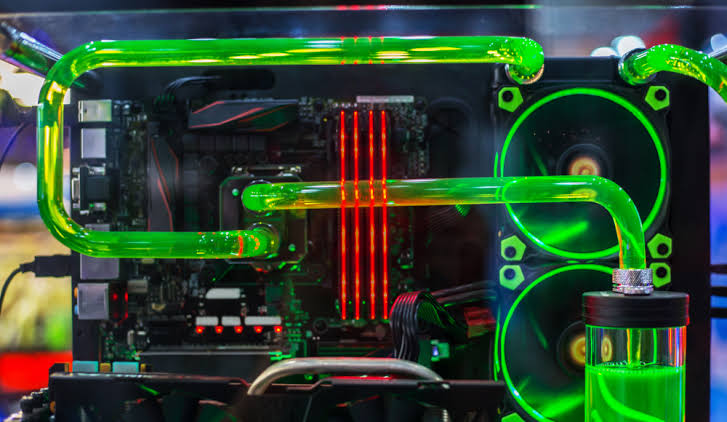
image courtesy:Techsiting
The Purdue engineers are using a technique called liquid to Vapour Cooling. The basic is how liquid captures heat when it is boiled into vapour. By capturing heat in both liquid and vapour forms ,a liquid to Vapour cooling system can remove 10 times of heat than the pure liquid cooling technique known at present.
According to Mudawar the future cooling system is to be “needed to switch from pure liquid cooling to liquid phase change cooling” which has taken his 37 years of experience to find out a viable solution. According to Ford Motors director of Charging, Energy services and business development, Matt Stover ” Ford is committed to making the transition to electrification easy ” and the Purdue research has the potential to make EV ownership more appealing and accessible.
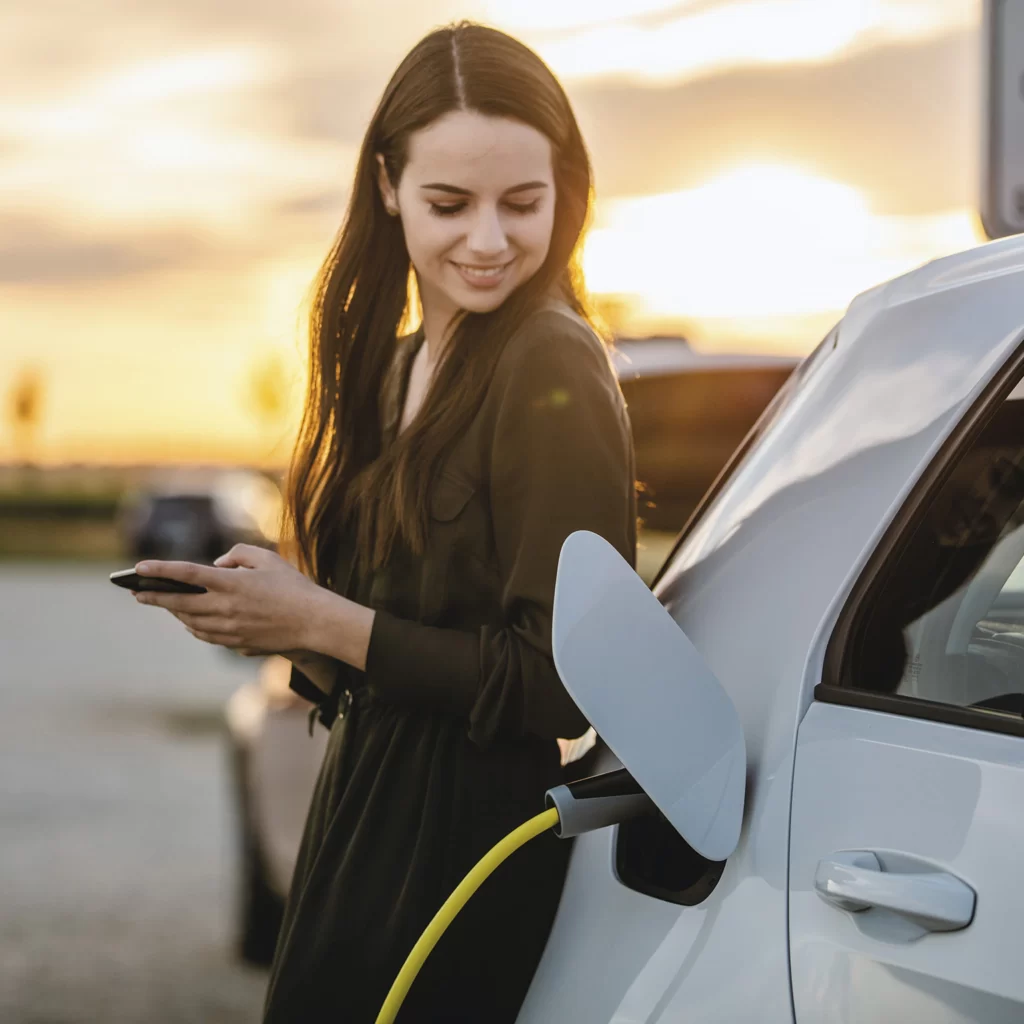
The Future Use of the Technology:
As one invention gives way to multiple aspects and solutions ,the future of the Liquid to Vapour Cooling Technology is also bringing a hope in other industries as well. Similar to EV charging cable ,Purdue lab is contributing in design for aviation systems to dissipate a sudden and increased heat in avionics. Mr. Mudawar is also working on projects funded by NASA for boosting cooling technologies needed for rockets and aeronautics.

The Purdue University :

Purdue University is situated in West Lafayette of Indiana in the United States which was founded in the year 1869 by the Lafayette businessman John Purdue. It is one of the major institutionsnof the US in Science, Technology and Agricultural education and research. Purdue is highly acclaimed for it’s engineering programs.The institution is member of the the association of American universities and is classified as a a major doctoral universities with a highway search activity. Purdue has been affiliated with 13 Nobel laureates and 18 Olympic medalists. It’s alumnists include 26 astronauts, 6 fortune 500 CEOs and many other major contributors in society.

Such a renowned research institute in collaboration with another renowned automaker The Ford Motor Company is trying to ease the future of transport industry that deserves a great acclamation. The patent application of the Supercool charging cable has been already filed. We can expect their research and cable prototype would soon be seen into action to solve one of the major problem in the EV industry.
